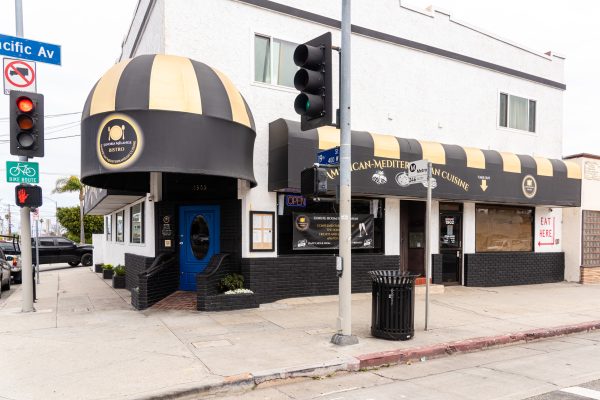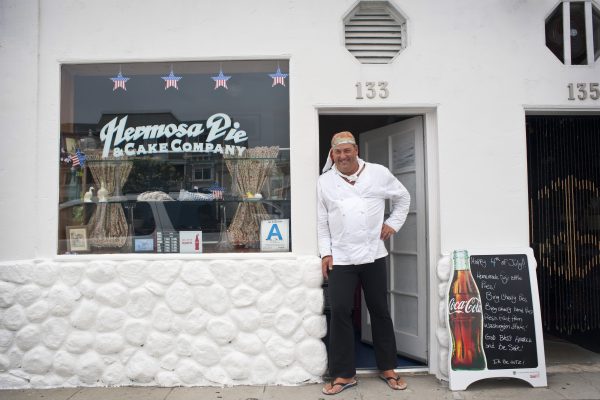
A worldwide sport started because of a bunch of losers. They were the football team of the University of Minnesota in 1898 – and were having a bad year. A medical student named Johnny Campbell tried to raise the team’s spirits by organizing a group to yell encouragement from the sidelines, and the sport of cheerleading was born. Johnny Campbell’s efforts must have had some value; the team won the game that day and afterwards turned its season around, presumably due to the increased enthusiasm of their supporters. Soon it became customary for teams in football, basketball, rugby and baseball to have cheering squads that competed in volume and enthusiasm.
In the 1920s there were changes on the sidelines; acrobatics and tumbling were added, and women began participating. It was still mostly a male activity until the 1940s, when many college-age men went off to war. Today, cheerleading is recognized as a sport in its own right called All Star Cheer that emphasizes teamwork, mental discipline and superior athletic ability.
Katie Kaopua is the owner of South Bay Cheer 360 in Torrance, a cheerleading school where young men and women can learn the sport, hone their skills and earn the right to perform on their team before crowds that can number in the thousands.

The first priority, Kaopua says, is safety.
“Cheerleading has gone from the sidelines to center stage, and the routines have become very demanding,” Kaopua said. “Our coaches are careful to help students develop their skills in a systematic way to avoid injury. In some organizations there is pressure to put together a dazzling routine to impress people or win a competition. If they skip steps in training then a young person might get hurt if they are trying to do something beyond their skill level. We won’t do that here.”
The school has over 300 students from 3 to 18 years.
“The three year olds are just learning the basics of tumbling – handstands, jumps, cartwheels and forward rolls,” Kaopua said. “They have fun, and it’s fun to watch them learn.”

As students grow in strength, confidence, and coordination they learn more advanced routines that can involve sailing ten feet in the air.
Kaopua herself started out in gymnastics at only five years old, and after a career in coaching for others, started her own studio two years ago. The majority of her students are of high school age.
“Some cheer for high school or Pop Warner teams and others want professional instruction in tumbling and stunt work,” she said. “Students who demonstrate excellence can take advantage of college scholarships – especially boys, due to their scarcity in the sport.”
There are cheerleaders that you have heard of, both male and female. George W. Bush, Ronald Reagan, Dwight D. Eisenhower, and Franklin Delano Roosevelt were all cheerleaders. Movie tough-guy Samuel L. Jackson was noted as a very athletic performer and leader of his squad.
Notable female cheerleaders include Jennifer Lawrence of the Hunger Games movies, Miley Cyrus, Cameron Diaz, pop star Madonna, former Senator Kay Bailey Hutchison, and TV host Katie Couric. In addition to being a cheerleader, actress Halle Berry also edited her high school’s newspaper and was class president.
The sport of cheerleading is not just about physical strength — participants who are in school must be outstanding academically, too. “In order to participate on a school cheer team, they must maintain a high grade point average and outstanding citizenship,” Kaopua said. “It’s like any other sport.”
If you happen to watch the New England Patriots play football this season, see if you can catch a glimpse of cheerleader Kelly Bennion. She’s probably the smartest person on the field. She has Bachelors degrees in Psychology and Spanish, a Masters Degree in Education from Harvard, and is also finishing her PhD in Neuroscience. Ms. Bennion is a member of a group called Science Cheerleaders composed of over 250 working scientists who are current and former cheerleaders. She even collected bacteria from the Patriots football field and sent it to the International Space Station to see if it would grow there. (Yes, it did.)
There aren’t any Kelly Bennions among South Bay Cheer 360 graduates yet – though Kaopua has coached for eighteen years, the school has only been open for two years. Kaopua has seen the sport become more popular and the routines more complex, and there are now five levels of competition based on the skills and strength of participants. Her teams have won multiple medals and trophies in competitions from Anaheim to Atlanta.
How do boys get interested in cheerleading? “One of our two boys was at West High and a girl talked him into trying out for their cheer squad,” she said. “He and some of his friends went as a joke – and it didn’t go well at first. They were kicked out for goofing around. But he really wanted to participate and apologized, so they took him back. He came to South Bay 360 Cheer to learn tumbling and joined our team. We won 4th place in a competition in Dallas last year with him. He is now on the L.A. Clippers cheer team and planning to continue with the sport in college.”
What does it take to be successful in the sport? “The most important thing is for them to have the will to do it, the drive to succeed. If they have that, we can teach them anything. We can take all body types, although they may have different roles. The smaller ones may be ‘flyers’ while the stronger ones may be supporting or catching them. Some may play multiple roles depending on the performance.”
Where does innovation and change in the sport come from? “All Star Cheer has always been big in the South and East,” Kaopua explained. “We learn a lot when we go to competitions and see what other people are doing. South Bay 360 Cheer also has a choreographer to design new stunts and performances.”
How can interested people find out where to see the sport? “Well, it is harder than you would think!” she said. “Most cheer competitions are put on by private organizations, and they don’t advertise anyone else’s competitions. I am thinking of putting together a calendar of what’s happening in Southern California on my website so that more people can enjoy the performances. Another problem is that the shows so often sell out from friends and family members that there really aren’t very many tickets available for others to purchase. Actually, one of the best places to watch is ESPN, where you can see the top-level teams perform.”
Kaopua and her coaches enjoy watching their students develop their skills and grow in confidence.
“The best thing about working in this field is that we forget we are actually at work,” she said. “It is great to get a paycheck for doing something this much fun.”
If you don’t have ESPN at home to watch a competition, the next time that a football game is on TV at least spare a moment to pay attention to the cheer squad. They are probably some of most talented and dedicated athletes on the field, and unlike the players in the limelight they have to look good while they are doing it.
South Bay Cheer 360 is located at 1275 Sartori Avenue. Phone number is (424) 558-8091 and website is www.southbaycheer360.com. ER









